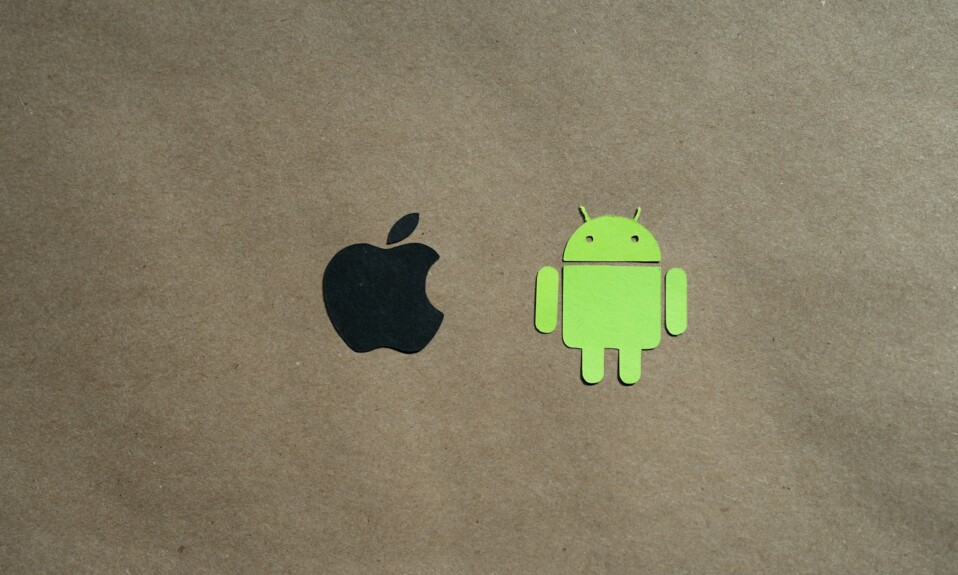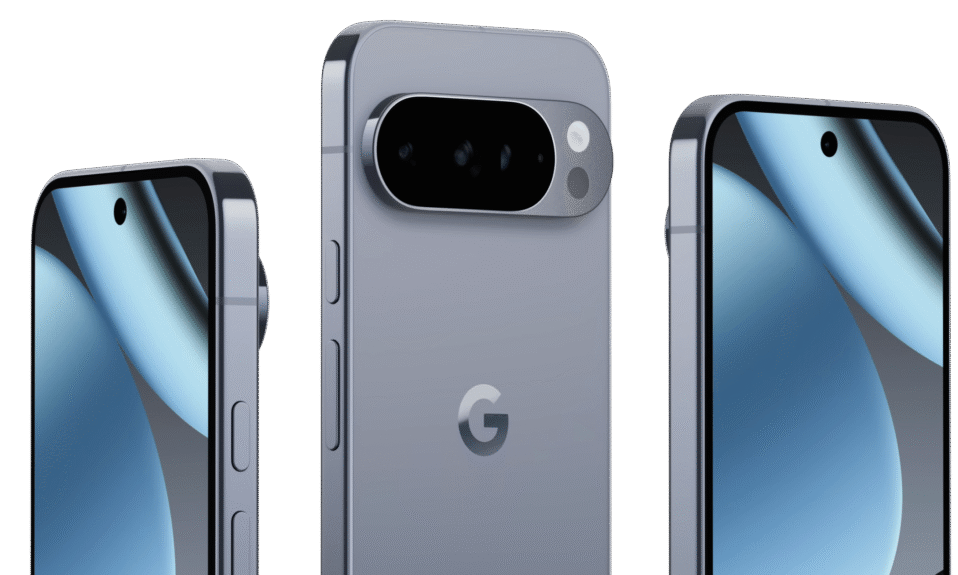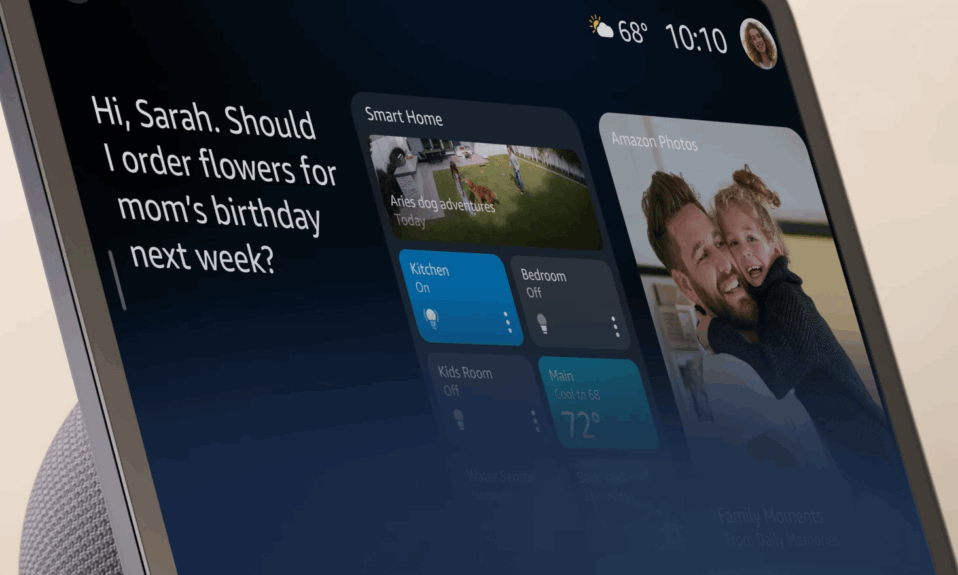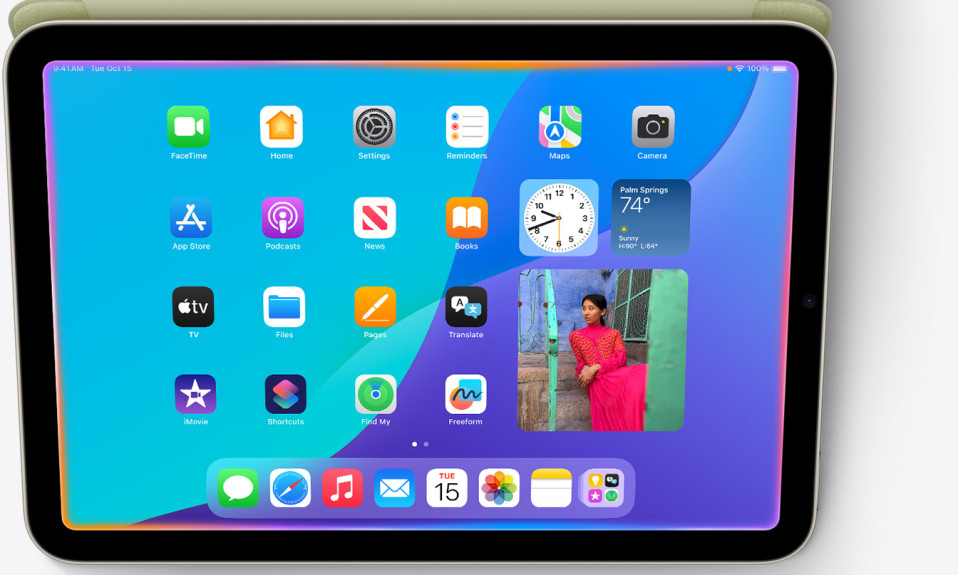Introduction
Apple and Samsung compete against each other in the high-end smartphone market every year with new performance, design, and innovation standards. The iPhone 16 Pro Max and Galaxy S25 Ultra are the top of their individual ecosystems, striving to the limits of display technology, processing power, camera performance, and user experience. They both boast the ultimate smartphone, yet their advantages and user experiences vary significantly. This article dissects all features in these flagships, so that you can choose the device that warrants a pocket placement.
Design And Build Quality
Speaking of craftsmanship, both brands are luxurious in their own terms.
iPhone 16 Pro Max upholds Apple’s minimalist design with a titanium frame, Ceramic Shield front, and textured matte glass back. It is cool, solid and elegant, weighing approximately 227 grams. It is frequently referred to as high quality and functional by users, and comfortable enough to be held in one hand, even though it is enormous.
At the same time, the Galaxy S25 Ultra follows the titanium frame. Still, it complements it with Gorilla Glass Armour 2 on the front and Victus 2 on the back, which gives it the reputation of being highly durable. It weighs about 218 grams but is light and more balanced others include Samsung’s curved edges, matte surface, and Apple’s symmetrical design and weight.
They are both masterpieces of engineering, albeit Apple is inclined to class and unity, whereas Samsung is committed to futuristic longevity.
Display
The two phones also have 6.9-inch screens, yet their strategies are opposed.
Apple Super Retina XDR OLED provides 120Hz ProMotion, HDR and high resolution of 2868x1320px. It is colour accurate to the real world and is therefore suitable for photo editing, creating content, or enjoying bright movies.
Samsung is responding with its Dynamic AMOLED 2X (LTPO) display with a peak brightness of over 2600 nits, and it is the unquestioned ruler of visibility in the sun. Both the reviewers and users praise the screen of the Galaxy as being very punchy in its colours, deep contrast, and brightness.
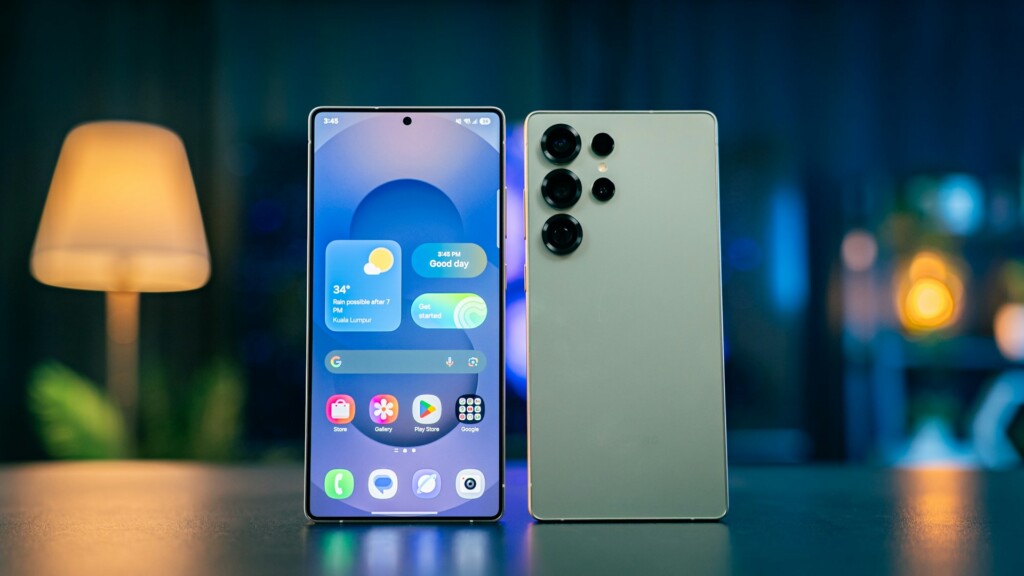
Whereas iPhone users appreciate natural sounds and authentic-to-life pictures, Galaxy enthusiasts appreciate the personalization, that is, the ability to adjust colour warmth, saturation, and motion smoothness. Basically, Apple provides accuracy while Samsung provides grandeur.
Performance
The iPhone 16 Pro Max uses an Apple A18 Pro chip with a 6-core CPU, 6-core graphics and a 16-core Neural Engine. Its true power is not only in pure numbers but also in software optimization. Applications launch immediately, graphics move smoothly, and multitasking does not feel like a chore. Even several months after the device was launched, everyday users can still say the iPhone experience is smooth as butter and lag-free.
The Galaxy S25 Ultra, which operates on the Snapdragon 8 Elite for Galaxy (3 nm) and 12 GB of RAM, also keeps up with Apple performance and is highly efficient. It is a game, rendering, and AI-assisted photography leader. The distinction is felt in heavy multitasking. Samsung multitasking tools, including split-screen and pop-up windows, are much more adaptable.
In the field test analysis, the chip made by Apple excels in consistency, whereas the processor made by Samsung excels in customization and multitasking capabilities.
Camera
Photography is the arena where opinions have been divided into black and white.
The primary sensor on the iPhone 16 Pro Max is 48 MP with a tetraprism design, 48 MP ultra-wide and 12 MP 5X telephoto. And not just megapixels, but image processing. Images are rendered in real life, videos are film-like with Dolby Vision and 4K up to 120 fps and the collaboration between the iPhone, the Mac, and Final Cut Pro is smooth. This ecosystem is gold to creators.
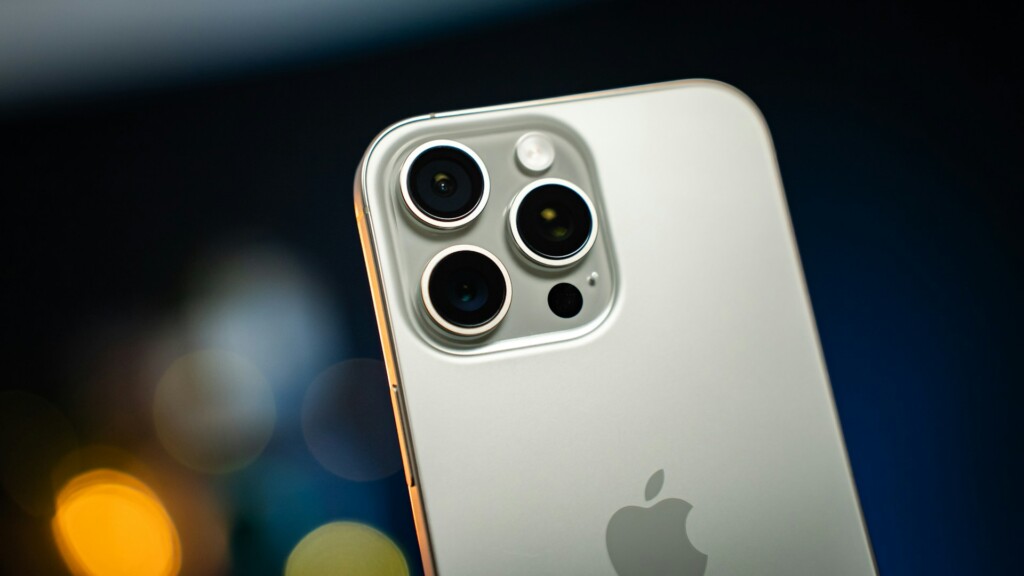
The Galaxy S25 Ultra, however, prevails on pure camera characteristics: 200 MP main, 50 MP ultra-wide, and two telephones (50 MP 5× and 10 MP 3x). It provides excellent zoom flexibility and detailed shots, particularly on a sunny day. However, some users complain of slight shutter lag or unreliable tuning, especially in motion shots.
If you want immediate, precise photographs and professional video capturing, buy an iPhone. If you need manual control, flexibility and an unmatched zoom range, Samsung is your playground.
Battery Life
Both phones provide excellent durability for such potent phones.
Apple advertises as much as 33 hours of video playback and real-life tests and 17.5 hours of constant web access on 5G, almost double the competitors’ performance. It uses MagSafe and Qi2 wireless charging, but the wired charging speed is relatively low compared to Android competitors.
The 5,000 mAh battery of Samsung charges 45 W under wired and 25 W under wireless and supports reverse wireless charging of accessories. Users claim two days of steady battery life under mixed usage with the help of adaptive refresh rate and AI-guided optimization.
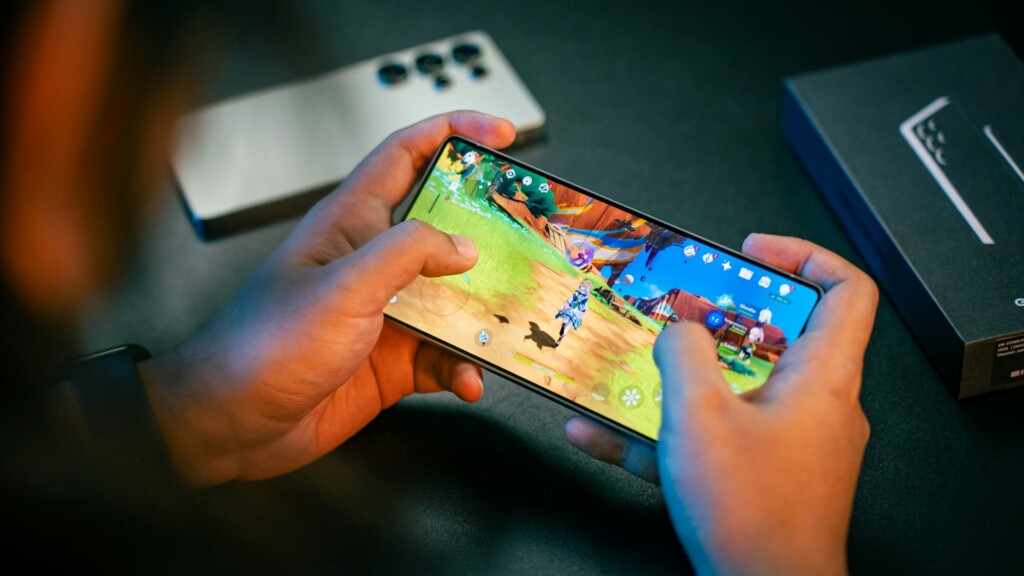
Apple is a winner in efficiency while Samsung is a winner in speed and versatility.
Software
The iOS is all cohesive with Apple. The advantages of Apple Intelligence features are making Siri more practical, adding more personalization, and introducing smarter photo and text functionalities. However, the actual wizardry is the ecosystem compatibility, i.e. moving files in real time through the Airdrop application, or turning your iPhone into a camera on your MacBook. Apple users say everything works.
The One UI 7 is a version of Android 15 that offers unparalleled customization at Samsung. It translates live calls, summarises texts, and even rewrites emails contextually, combined with Galaxy AI. It is open-minded, intense, and ever-changing. Samsung also has 7 years of significant OS updates, slightly longer than 5+ years of Apple’s traditional support.
Here, it will be a matter of taste, with Apple being simple and more reliable, and Samsung being flexible and controlled.
User Experience
The personality of each phone is shown in user opinions.
The smoothness, stability, and harmony in the ecosystem are constant remarks by iPhone users. Applications do not crash frequently, there is no significant fluctuation in performance, and battery life is significantly increased. Yet, certain users are unhappy with the signal reception quality, particularly in the areas where Samsung devices perform better.
Samsung users are fond of the colourful display, the ability to multitask and the freedom of customization. People praise the device as a powerhouse in productivity, but camera delays and complex settings are frustrating to some.

Finally, iPhone is a well-oiled machine that predicts your needs, whereas Samsung is a high-performance machine designed to serve the needs of power users.
Lifespan
Both flagships are durable, whereas there is a difference in philosophy.
The iPhone 16 Pro Max is positioned as a more focused on stability, durability, and ecosystem comfort. It is excellent when you have other Apple gadgets or want a phone that can provide stable performance without considerable tuning.
Galaxy S25 Ultra, conversely, is targeted at power users and creators and relies on personalization and the latest hardware. It provides better control, better choices and a more open workplace space.
Conclusion
It is not a contest of who has the best iPhone 16 Pro Max or Galaxy S25 Ultra, but what is best for you. Apple has a seamless, integrated, and stable experience surrounded by style. Samsung retaliates with innovation, screen brilliance, and versatility.
Unless you need a handset that is easy to use and features an environmentally perfect ecosystem, the iPhone 16 Pro Max is the best choice.
When you desire to be free, personalize and have the sheer power, the Galaxy S25 Ultra is your best friend.
In any case, you are getting the latest technology in smartphones that the world has ever seen, evidence that innovation succeeds when competing with others.





